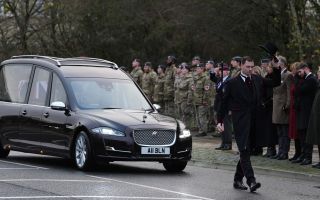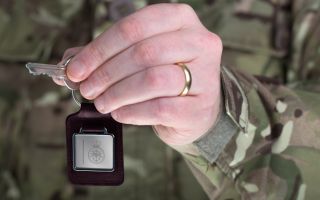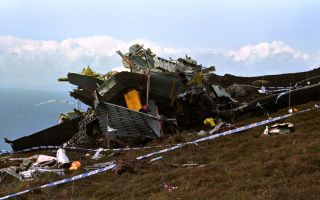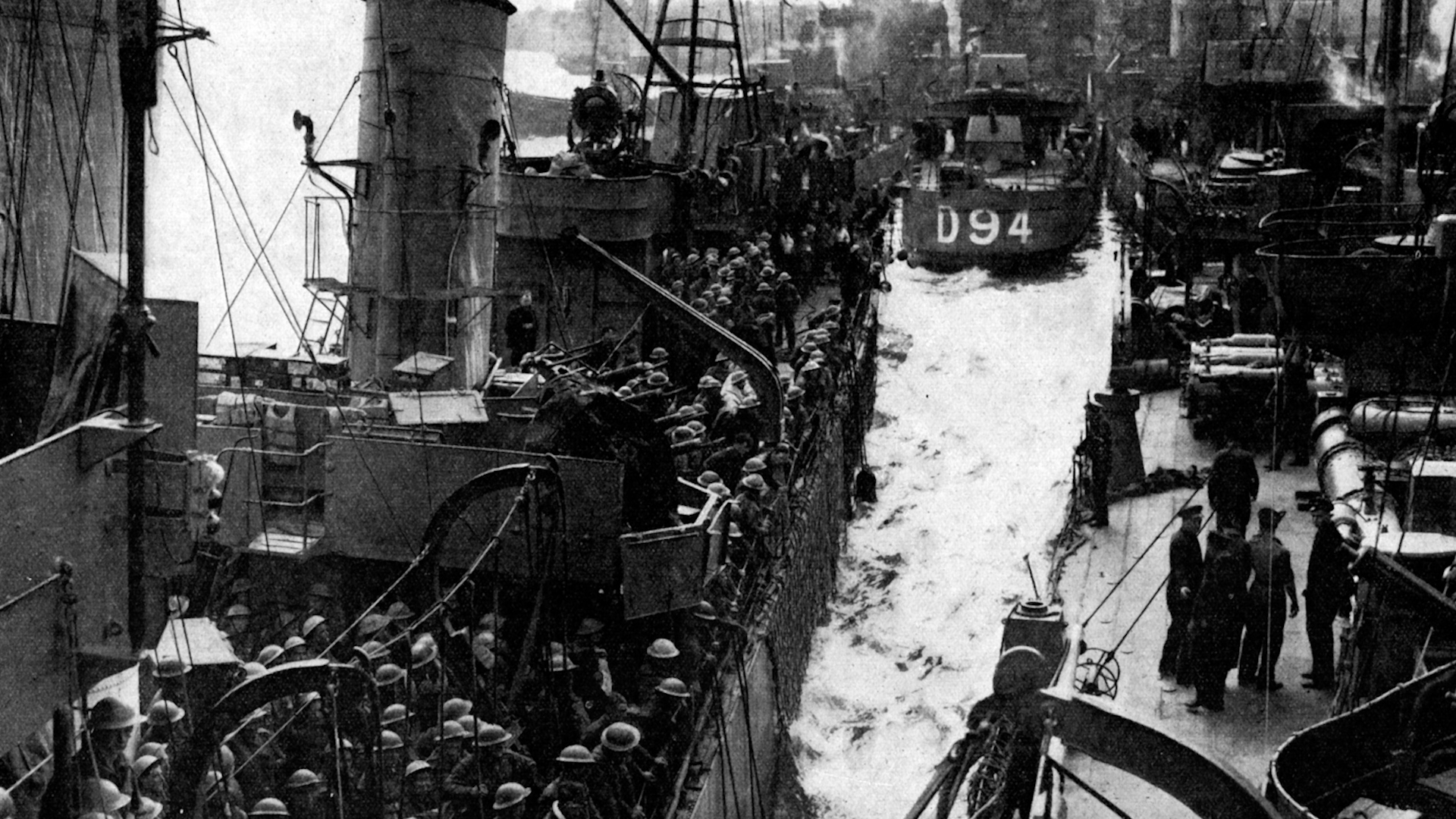
Search mission launched to locate wrecks of ships lost during Dunkirk evacuation

Researchers are launching a mission to locate and identify the wrecks of some of the ships that were lost during the rescue of Allied troops from Dunkirk during Operation Dynamo in 1940.
Operation Dynamo was a key event in the early stages of the Second World War.
It involved the evacuation of 338,226 Allied soldiers, who were surrounded by the German army, across the English Channel.
More than 305 vessels were lost during the operation.
Research in 2021-2023 by Claire Destanque, of Aix-Marseille University, revealed new information about the location and condition of the wrecks.
Thirty-seven wrecks linked to Operation Dynamo have already been located in French waters, in particular by divers from Dunkirk and the surrounding area.
A further 31 vessels are believed to have been lost in the area, but have yet to be found.
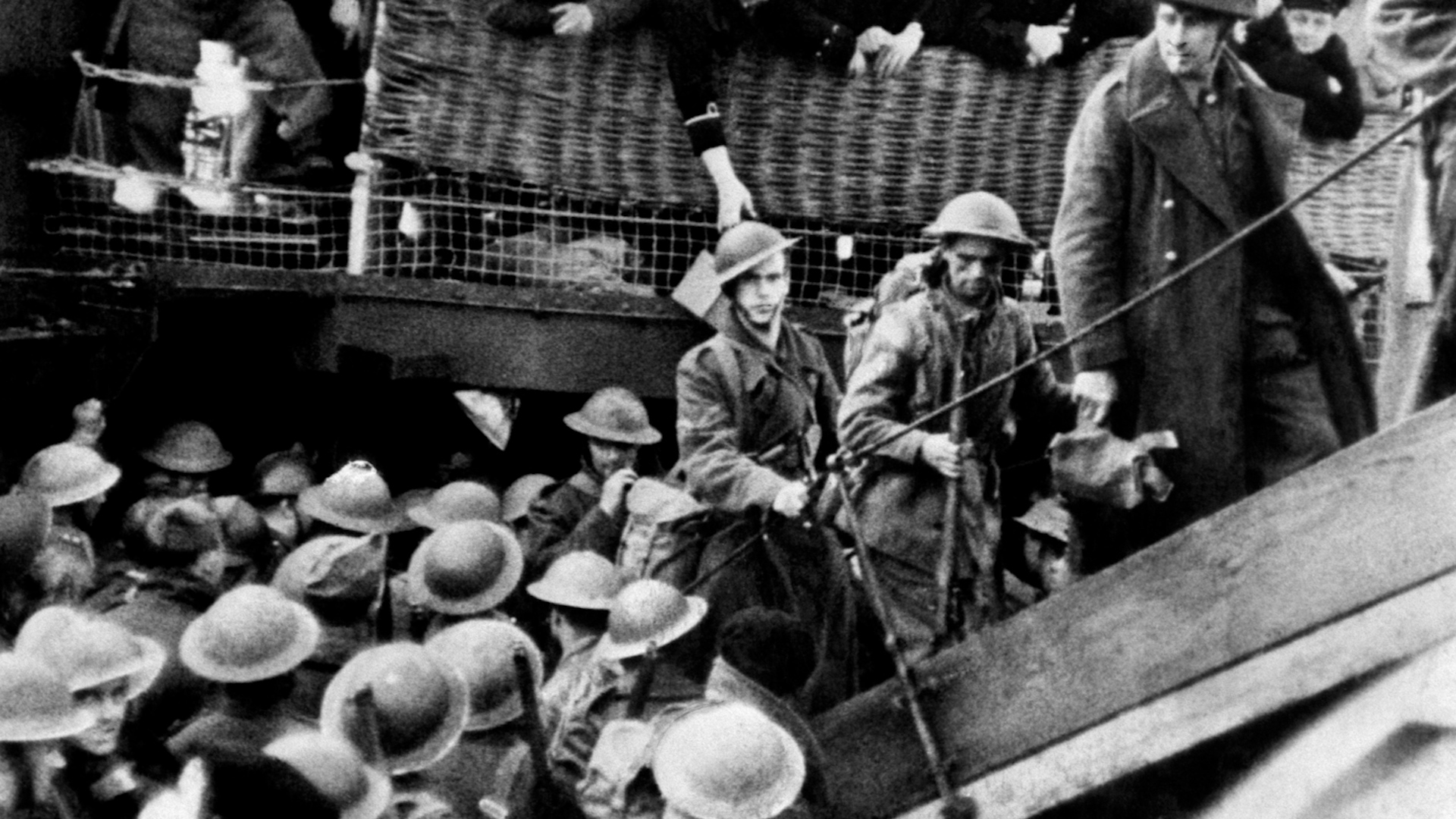
The new programme being launched by Drassm, France's Department of Underwater Archaeological Research, in partnership with Historic England, the public body responsible for England's heritage, will search for these undiscovered wrecks.
It will also use high-tech survey equipment to document the sites that are already known.
The ships were under all kinds of attack before they sank, and the wrecks may provide some clues as to what fate they met.
Antony Firth, Historic England's head of marine heritage strategy, said some of the vessels would have been very heavily laden with troops and would have sunk "within minutes" with a heavy loss of life.
In some cases, troops would have been transferred to other ships, but not always to safety, as some of those ships would also have been attacked.
Dr Firth said: "Undoubtedly a lot of people were wrapped up in Dunkirk. Most of them survived, got back to the UK and carried on their seafaring histories, and that's obviously very good.
"For some people, their family stories had a catastrophic element at Dunkirk, and that, I know for certain, still resonates with people today."
Sound technology
By using sound technology, Dr Firth explained that the shipwreck surveys will be able to build a detailed picture of the condition of the wrecks and what happened to them.
He said: "There are likely to be details in there such as you know, if they were hit by a torpedo or by a mine.
"You will probably be able to see the impact damage and also we’ll get a sense of what impacts might have happened subsequent to them sinking."
The study will be followed by diving surveys next year to provide an overall view of this heritage and enable the introduction of conservation and public engagement strategies.
'Physical legacy to Operation Dynamo'
Duncan Wilson, chief executive of Historic England, said: "The evacuation from Dunkirk marked a critical point in the history of the Second World War.
"We are honoured to have been invited by the French marine heritage agency, Drassm, to join their investigation of ships sunk in those desperate days.
"These wrecks are a physical legacy to Operation Dynamo and all those it affected, including many who did not reach safety."
From 26 May to 4 June 1940, military, transport, fishing, service vessels and pleasure craft, were used to help ferry the stranded troops to the UK.
More than 1,000 ships flying a mix of British, French, Belgian, Dutch, Polish, Danish, Norwegian and Swedish flags were involved in the evacuation.

